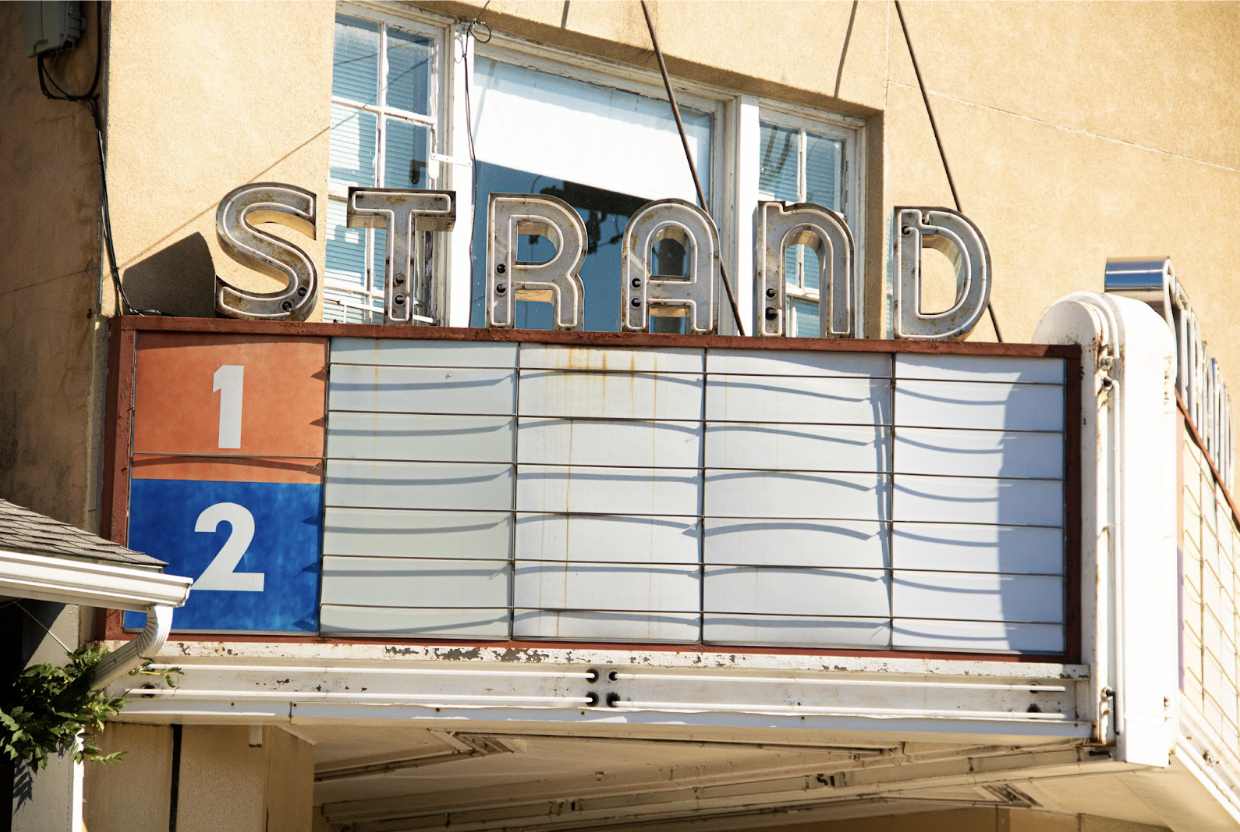Blunders from widely accessed sources create media distrust
By Douglas Burkitt
Contributing Writer
What was called the “Bowling Green Massacre,” has since become an internet meme when Counselor to the President Kellyanne Conway was cited on speaking about a fictitious massacre, which took place in Bowling Green, KY.
Conway was attempting to justify Trump’s heavily controversial travel ban, using the made-up massacre as the cause of an act issued under the Obama Administration that restricted immigration from key Muslim countries.
“He did that because two Iraqi Nationals came to this country, joined ISIS, traveled back to the Middle East to get trained and refine their terrorism skills and come back here and were the masterminds behind the Bowling Green Massacre of taking innocent soldiers’ lives away,” said Conway. Such an event never actually took place.
She later came forth publicly about the issue, attempting to revise her previous statements by saying she meant to use the term “Bowling Green Terrorists,” rather than using “Bowling Green Massacre.” This was in reference to two refugees who were arrested in late 2011 for sending money to terrorist groups abroad.
They were charged with attempting to provide material support to terrorists and to al Qaeda in Iraq, which contradicts Conway’s previous statements in a multitude of ways. This is just one of many examples of pure forgery of information under the Trump Administration.
It demonstrates a clear lack of basic information gathering skills and the tendency of the media to exaggerate the truth, such as the time when Trump claimed that hundreds of thousands of the votes against him were made by illegal immigrants.
Either way, in Trump’s presidency so far, the facts have become harder and harder to come by without some sort of bias or exaggeration.
Another glaring example of the spread of false information comes in the form of an apparent ban on Christmas lights on Swedish light poles.
A story was shared and spread on Facebook in late 2016, stating that Christmas lights on light poles were banned in order to appease the Muslim refugees that lived in Sweden.
However, this was quickly disproven when Elin Isaksson, national coordinator of traffic control of Trafikverket, came forth saying, “We’re looking at this because we do not have the right to allow others to take electricity from our facility, according to the electricity law.”
That didn’t seem to stop several people from chiming in and changing the story. The non-profit Barnabas Aid fund, a charity that supports and funds what they believe to be persecuted Christians, added to the story.
The organization said, “The ‘security’ issues relate to the violence that Sweden has experienced this year from radical Islamists and is an attempt to appease them.” This was the story that spread like wildfire, and pretty soon everybody was up in arms, believing in this conspiracy.
It’s becoming more and more evident that these coming days are going to require more vigilance when it comes to learning the truth.
Whether it’s because of a fake terrorist attack or a fake attack on Christmas, it has become more important than ever to keep in mind that not everything anyone says is true, no matter how powerful or popular they appear to be.





Leave a Reply